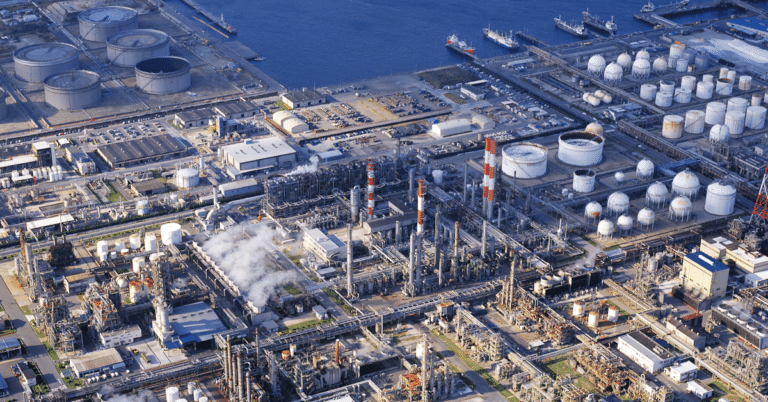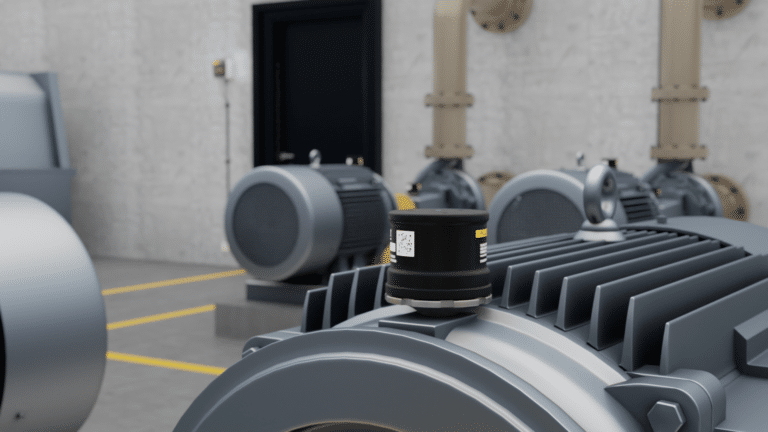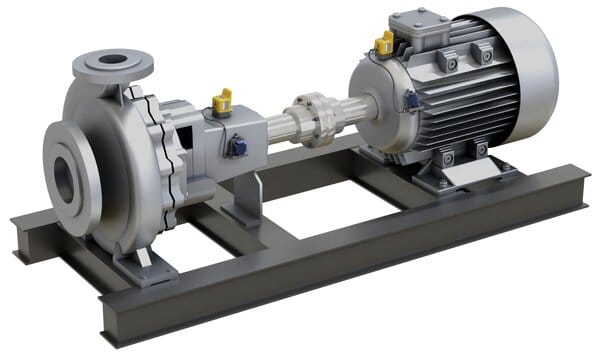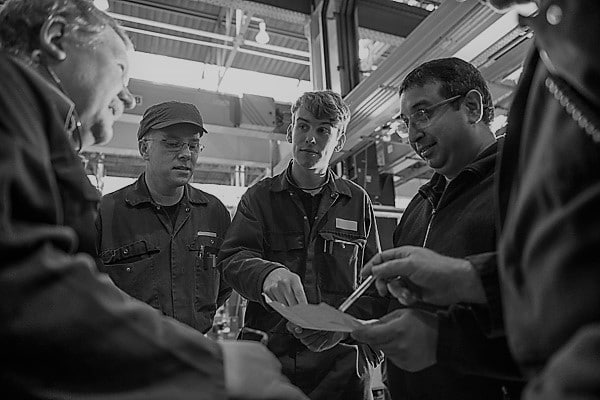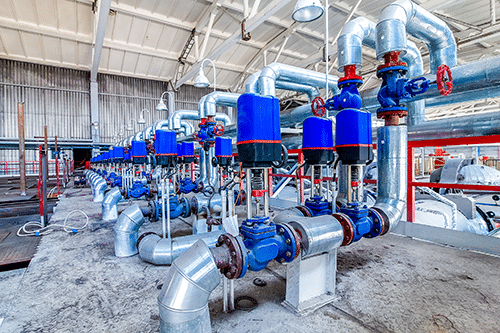
Predictive maintenance (PdM) has become on of the most powerful strategies maintenance teams can use to lower maintenance costs, prevent unplanned breakdowns, and extend the life of their equipment. Transitioning from preventive maintenance to predictive maintenance can seem like a big hurdle, but it’s actually very doable, even for lean maintenance teams. Here you’ll learn what predictive maintenance is and how to get started building a successful predictive maintenance program.
What is Predictive Maintenance?
Predictive maintenance leverages condition monitoring sensors and remote monitoring software to predict and prevent failures before they occur. This works because the sensors can continuously monitor critical assets for changes in the asset’s “vital signs” — like vibration and temperature. Some amount of fluctuation in these conditions is normal, but sudden or uncharacteristic changes in normal patterns can be the first indication of a problem.
Predictive maintenance technologies monitor for abnormalities like these and capture large volumes of data that can be used to understand a machine’s health and performance. When a problem is detected, maintenance teams can be alerted and repairs can be scheduled well ahead of a potential failure. This means maintenance teams can focus their efforts and resources where they are needed most.
How to Build a Predictive Maintenance Program
To get started with predictive maintenance, you must first take stock of your current equipment and maintenance program. Also, keep in mind that predictive maintenance programs often have many stakeholders that will want to see a proof of concept before scaling. Starting small and gathering data and learnings from your pilot program can be a major differentiator when it comes to program success.
1. Conduct an Asset Criticality Analysis (ACA)
An asset criticality analysis is the process of identifying the 20% most critical assets to production by breaking down the business value of all of your assets. An asset should be considered critical if the failure of that asset (or one of its components) significantly impacts other assets, or stops production altogether.
Take time to review your maintenance reports: Where have you been experiencing the most downtime? Where have you been performing the reactive or emergency maintenance? What was the impact on production, or other downstream effects?
Understanding where problems most frequently occur and which are causing the most disruption is an important first step because implementing a predictive maintenance program takes time. Most likely, you won’t be able to deploy the technology across all of your equipment at once. It’s important to start by identifying your most critical assets to help you prioritize assets effectively on your predictive maintenance roadmap.
2. Choose Assets for a Pilot Program
Select a few assets to pilot your predictive maintenance program. You’ll often want to start with simple and straightforward pieces of equipment. A lot of times, maintenance teams will jump headfirst into a predictive maintenance program by implementing condition monitoring on the most complex, production-critical machines first. This might seem logical; after all, the impact here will be the greatest.
However, starting with very complex machines can be a challenge, and starting with these assets can actually derail your entire program. Instead, it’s better to start with simpler, more predictable machines before moving on to the more complicated machines with more variables.
For example, you might consider starting your predictive maintenance program with a pilot focused on condition monitoring of pumps for changes in vibration. The vibration patterns for pumps are well-known and established, and they’re really easy to track. This means it is relatively simple to deploy vibration sensors to identify a fault and its severity. From there, you’ll know what to do about the problem — and how soon it needs to be addressed.
3. Scale According to Asset Criticality
Once you’ve proven your predictive maintenance program with simple and predictable equipment, you’ll have the data and learnings needed to scale up the implementation from there with criticality as the common denominator.
Get Started with Predictive Maintenance
Building a successful predictive maintenance strategy doesn’t require you to overhaul your entire plant. In fact, IIoT technologies are both accessible and scalable. Start small and then build from there!
This will save your team time and costs, because you’ll no longer need to perform unnecessary preventive maintenance tasks or replace parts that are still viable. You’ll also be able to avoid unnecessary downtime — both planned and unplanned.
Still not sure how to get your program off the ground? Fluke Reliability experts can help your team with our remote condition monitoring service. We offer expert data analysis, sensor configuration, commissioning, and installation. We also offer training on the principles of vibration monitoring and data analytics.
Contact us to speak with a specialist.

